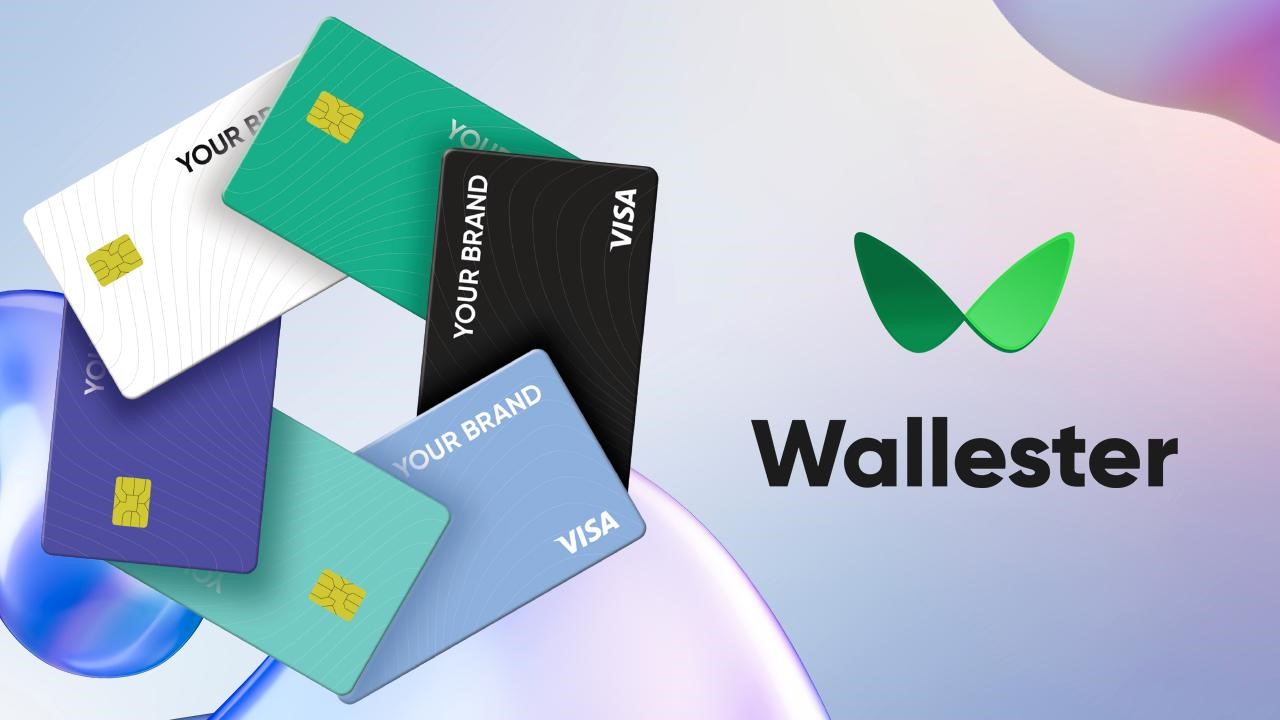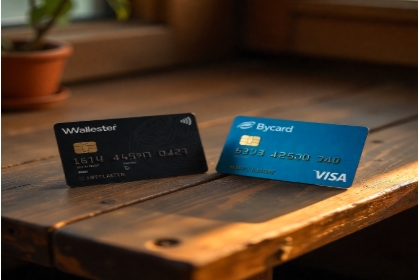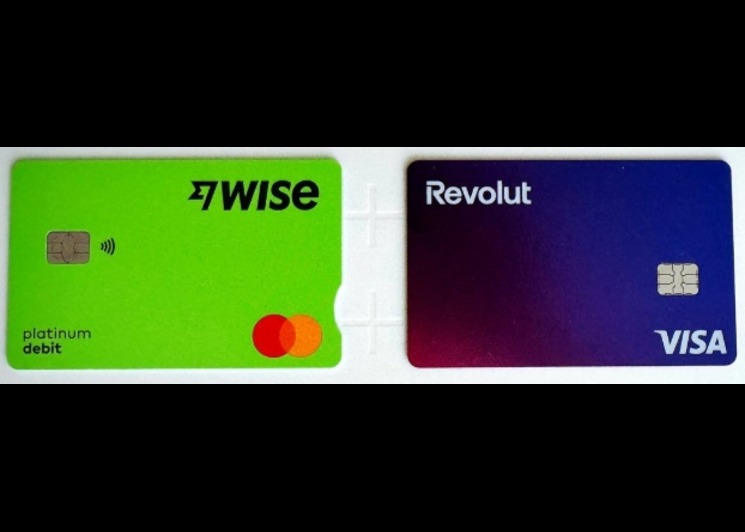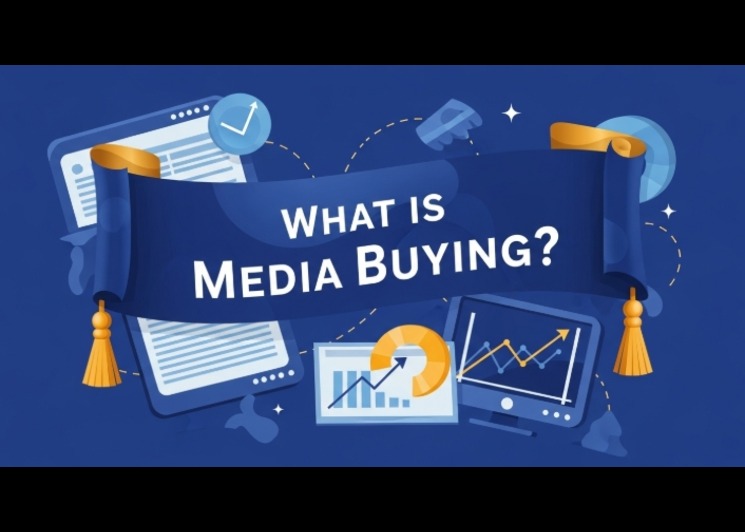Wallester White Label and Business Solutions: Who Should Be Paying Attention?

If you’ve been searching for reliable ways to manage payments, issue cards, or even scale advertising expenses, you’ve probably come across Wallester. This platform has been growing steadily in the fintech space, and many businesses are paying attention to what it offers. From virtual cards to white label solutions, Wallester is positioning itself as a flexible player for companies that want better control over payments and ad spend. Let’s take a closer look at how it works, what makes it stand out, and whether it might be the right fit for you.
- Wallester White Label and Business Solutions: Who Should Be Paying Attention?
- What is Wallester?
- Wallester Pricing and Plans
- Understanding Wallester Business and Its Features
- Wallester and Virtual Cards for Everyday Business Use
- The Role of Visa Cards and Prepaid Virtual Cards
- How White Label Solutions Set Wallester Apart
- Why Media Buying Teams Are Turning to Wallester
- Comparing Wallester with Alternatives Like Bycard
- Safety and Regulation
- Who Should Pay Attention to Wallester?
What is Wallester?
Wallester is a licensed financial technology company based in Estonia that provides card issuing, payment processing, and business expense management solutions. Unlike some lightweight card providers, Wallester positions itself as a regulated player under the Estonian Financial Supervision Authority, which makes it a stronger choice for businesses that want reliability and compliance at scale.
The platform is built around three main pillars:
- Virtual cards (for quick, secure, flexible payments)
- White label solutions (for companies wanting to offer branded payment products)
- Media buying tools (geared towards ad agencies and marketing teams)
Alongside these, Wallester also offers APIs, integrations, and prepaid Visa cards tailored to business use cases.
Wallester Pricing and Plans
Unlike one-size-fits-all card providers, Wallester offers multiple tiers that allow companies to scale:
- Free plan – Up to 300 virtual cards.
- Premium – From £169.95/month for up to 3,000 cards.
- Platinum – From £169.95/month for up to 15,000 cards.
- Enterprise – Custom pricing.
There are also fees for physical cards (£5 + VAT/month), ATM withdrawals (£1), top-ups (20p), and delivery (£17 per card).
This tiered approach means startups can test Wallester without cost, while larger enterprises can ramp up as needed.
Understanding Wallester Business and Its Features
One of the first things to know is that Wallester Business is designed for companies that want practical tools to manage expenses. At the heart of it are virtual cards, which can be created instantly. Whether you’re handling small team purchases or allocating funds for campaigns, these Visa cards allow you to set limits, monitor transactions, and pause activity if needed. Companies can issue prepaid virtual cards for employees or contractors, making it easier to manage spending without waiting for physical delivery.
The platform goes further by offering integration into accounting systems, receipt attachment, and a mobile app for on-the-go management. For many teams, especially those working in media buying, this level of control is attractive. Instead of one corporate card that everyone shares, Wallester allows multiple cards with specific budgets.

Perfect Card for media buying!

Wallester and Virtual Cards for Everyday Business Use
The idea of virtual cards isn’t new, but Wallester makes it central to the experience. With unlimited issuance on some plans, businesses can quickly create cards for new projects, campaigns, or staff. For example, if you’re running multiple Facebook Pay accounts to test ads, each one can have its own dedicated card. That way, if there’s a payment block or error, it only affects a single card instead of the whole account.
This flexibility is especially important for advertisers and performance marketers. By issuing prepaid virtual cards, companies can ring-fence ad budgets while also avoiding overspending. It’s not just about convenience, it’s about control and transparency.
The Role of Visa Cards and Prepaid Virtual Cards
Every virtual card and physical card issued through Wallester sits on the Visa cards network, which means they’re widely accepted across merchants worldwide. For companies, that’s critical; it ensures that whether you’re paying for SaaS tools, advertising, or travel, transactions will go through smoothly. The option to issue prepaid virtual cards is also ideal for controlling exact spending amounts, which is often necessary in ad testing.
How White Label Solutions Set Wallester Apart
Beyond Wallester Business, the platform also has a strong offering for companies that want to build their own financial products. Its white label business model allows banks, startups, and even large enterprises to issue branded Visa cards under their own name.
The backbone of this is the card issuing API, which lets developers connect Wallester’s infrastructure with their apps or platforms. Through this card issuing API, you can launch your own white label card program, manage balances, and even enable tokenization for Apple Pay or Google Pay.
Wallester also supports white-label mobile apps with:
- Branded UI/UX.
- Balance tracking and spend notifications.
- Card freezing/unfreezing.
- Controls for contactless, online, or ATM use.
For businesses that want to control the entire customer journey, this is a major advantage.
Why Media Buying Teams Are Turning to Wallester

If you work in media buying, you already know how crucial payment flexibility is. Ad platforms like Google, TikTok, and Facebook Pay often require dedicated cards for each account. Having one central card increases the risk of suspension or billing delays. With Wallester, marketers can issue separate virtual cards for every campaign or ad account.
This not only helps manage budgets but also ensures campaigns don’t grind to a halt if one card runs into issues. Teams can top up prepaid virtual cards as needed, keep detailed records, and avoid the headache of manual expense tracking. It’s no surprise that performance marketers are starting to see Wallester as a go-to platform.
Comparing Wallester with Alternatives Like Bycard

While Wallester has credibility due to its regulation in Europe and its connection with Visa, it’s worth recognizing that Bycard has carved out a strong space among advertisers and marketers. Both platforms rely on virtual cards for ad spend, but their strengths diverge.
- Bycard emphasizes speed and affordability. Agencies and media buyers appreciate the promise of “unlimited” virtual cards, straightforward onboarding, and low fees. For teams managing multiple ad accounts, this immediacy can be a game‑changer. Bycard’s focus is narrower but effective: helping advertisers move quickly, issue cards without red tape, and keep costs low.
- Wallester is more infrastructure‑driven. With its white label business services, card issuing API, and long‑term compliance under Estonian regulation, it appeals to companies that want more than just ad payments. Its mix of Visa cards and prepaid virtual cards makes it scalable for broader operations, but it can feel heavier for advertisers who only need fast card issuance.
In essence, Bycard shines for short‑term media buying efficiency, while Wallester positions itself as a regulated, long‑term partner. Choosing between them comes down to whether you value Bycard’s simplicity and cost‑savings for advertising, or Wallester’s regulatory strength and broader suite for scaling a business.
Safety and Regulation
Beyond its features, Wallester places strong emphasis on security and compliance. The company is licensed under the Estonian Financial Supervision Authority, follows Visa 3D Secure protocols to safeguard online payments, and undergoes regular audits to ensure financial and data protection. These measures make it a reliable choice for businesses that value both flexibility and regulatory assurance.
Who Should Pay Attention to Wallester?
Wallester is built for scaling businesses. Some of the best fits include:
- Agencies and performance marketers needing multiple cards for campaigns.
- Startups and enterprises launching their own financial products via white label.
- E-commerce and SaaS companies that need fast, controlled payments.
- Travel and insurance companies managing client payouts.
- Streaming platforms offering subscription-linked payments.
Conclusion
If your priority is managing ad spend with fast access to virtual cards, both Wallester and Bycard can meet that need. But if you’re looking for a fully regulated ecosystem with white label business solutions, Wallester Business integrations, and robust card issuing API support, then Wallester is the more comprehensive choice.
For advertisers outside Europe, particularly in Africa, it’s important to note that Wallester may not be available to you yet. In that case, alternative solutions might be necessary.
Either way, knowing where each platform stands helps you make a clearer decision based on your specific needs.







